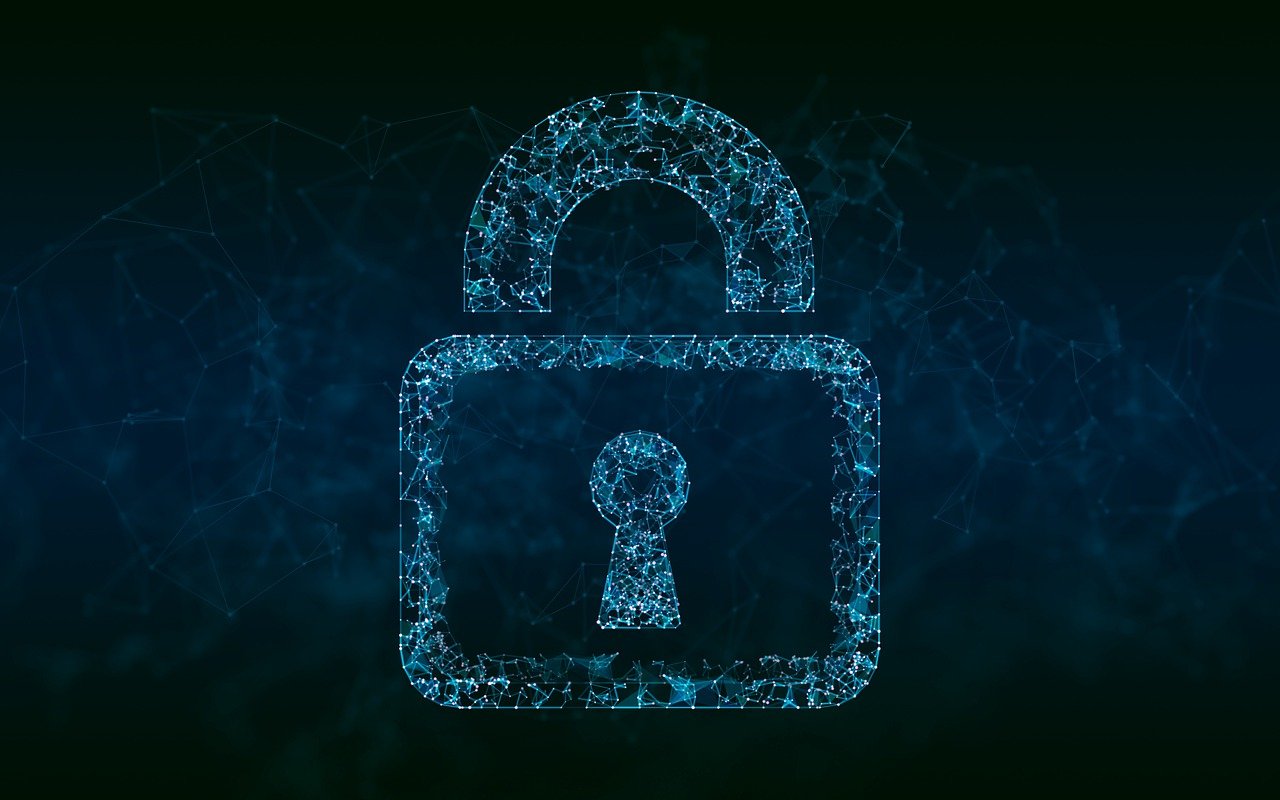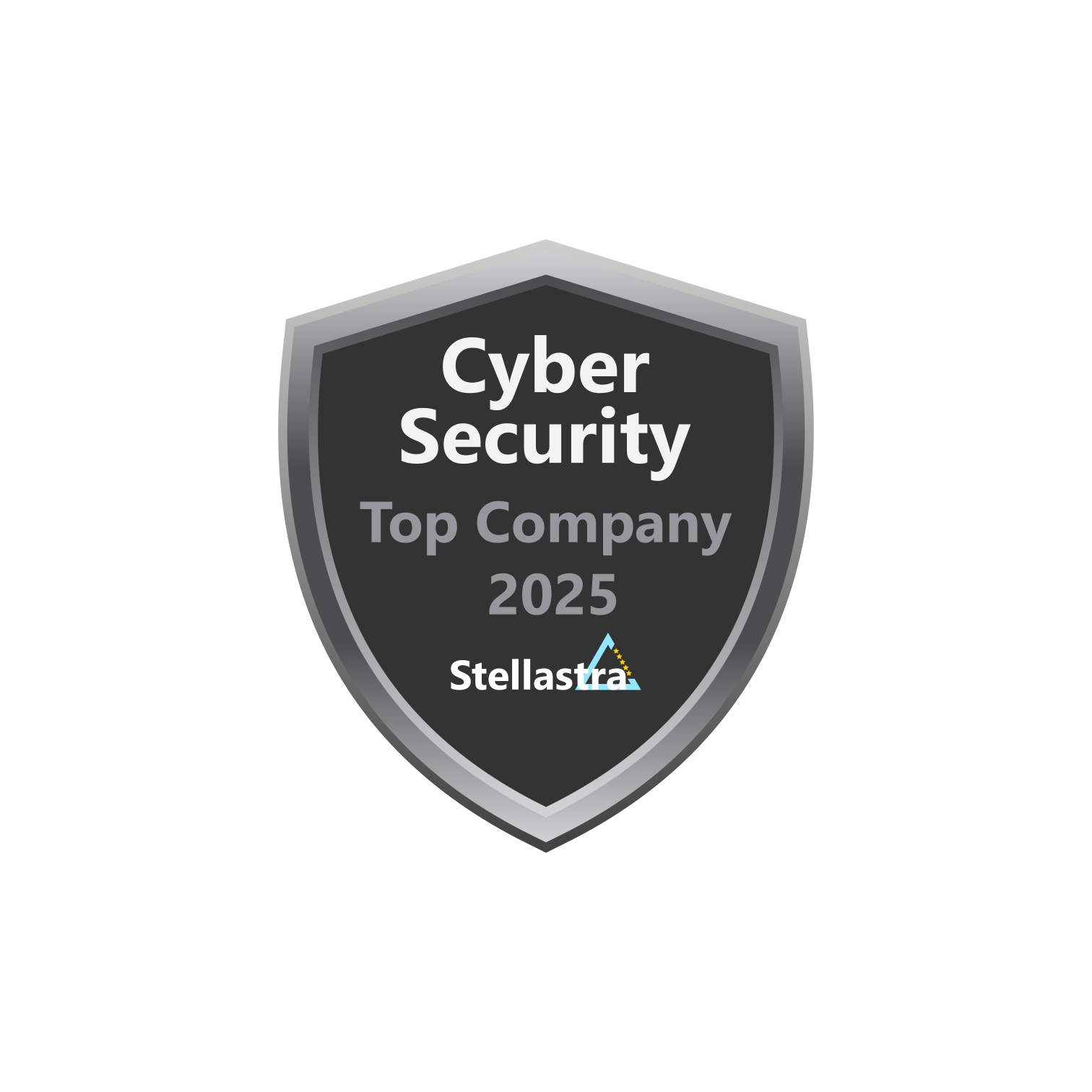· 3 min read
What is Cloud-Based Forensics?
How can you utilize Cloud-Based Forensics?

Cloud computing has emerged as a transformative force, offering unprecedented scalability, flexibility, and accessibility. However, this shift has also introduced new challenges and complexities, particularly in the realm of digital forensics. Cloud-based forensics, a specialized field of cyber forensics, focuses on the collection, preservation, analysis, and presentation of digital evidence located within cloud environments. This article explores the essentials of cloud-based forensics, its significance, methodologies, challenges, and future implications.
Understanding Cloud Environments
Before discussing cloud-based forensics, it’s crucial to understand the cloud computing model. Cloud environments consist of various services and infrastructures provided over the internet. These services are generally categorized into three models:
- Infrastructure as a Service (IaaS): Provides virtualized computing resources over the internet.
- Platform as a Service (PaaS): Offers hardware and software tools over the Internet, typically for app development.
- Software as a Service (SaaS): Delivers software applications over the internet, on a subscription basis.
These environments are designed to be scalable and distributed, often complicating traditional forensic approaches.
The Need for Cloud-Based Forensics
As organizations increasingly migrate their operations and data to the cloud, the need for effective forensic methodologies to investigate incidents within these environments becomes critical. Cybersecurity incidents such as data breaches, unauthorized access, and other forms of cybercrime frequently occur within cloud settings. Cloud-based forensics is essential for:
- Incident Response: Quickly identifying and mitigating security breaches.
- Legal and Compliance Issues: Gathering evidence that complies with legal standards and regulatory requirements.
- Data Integrity and Security: Ensuring data within cloud environments remains uncompromised.
Methodologies in Cloud-Based Forensics
Conducting forensic investigations in cloud environments involves several key steps:
- Identification: Recognizing potential sources of evidence, including virtual machines, storage systems, log files, and network traffic.
- Preservation: Protecting the integrity of evidence by ensuring it is not altered during the investigation process. This often challenges traditional forensic methods due to the dynamic nature of cloud resources.
- Collection: Extracting relevant data from the cloud, which may require collaboration with cloud service providers due to varying levels of control and access.
- Examination and Analysis: Processing the collected data to identify valuable evidence. This includes using specialized tools capable of handling cloud-based data.
- Presentation: Effectively presenting findings in a manner that can be understood by legal stakeholders and used in court proceedings if necessary.
Challenges in Cloud-Based Forensics
Cloud-based forensics is fraught with several challenges:
- Data Accessibility: Depending on cloud service models, accessing necessary data can be difficult, as providers may control the infrastructure.
- Data Volatility: Cloud environments are inherently dynamic, with instances that can scale up or down automatically, leading to ephemeral data that may not persist long enough for analysis.
- Jurisdiction and Legal Issues: Data in the cloud can be stored across multiple jurisdictions, complicating legal compliance and evidentiary procedures.
- Shared Resources: Multi-tenancy of cloud environments can introduce complexities in isolating data pertinent to the investigation.
Cloud Forensics Services
Stellastra has compiled a list of cloud forensics services from around the world, with each company ranked by its cyber security score, bringing secure and competent cloud forensics services providers to you.
Future Implications
As the cloud computing industry continues to mature and expand, cloud-based forensics will need to evolve correspondingly. Emerging technologies such as artificial intelligence and machine learning are likely to play a significant role in streamlining forensic processes and enhancing detection capabilities. Furthermore, collaboration between law enforcement, legal entities, and cloud service providers will be crucial in establishing standardized practices and improving the reliability of forensic investigations in cloud environments.
In conclusion, cloud-based forensics represents a vital field in maintaining cybersecurity and ensuring legal compliance in modern digital infrastructures. By overcoming current challenges and leveraging advanced technologies, it promises to uphold the integrity and security of cloud computing in an increasingly interconnected world.

